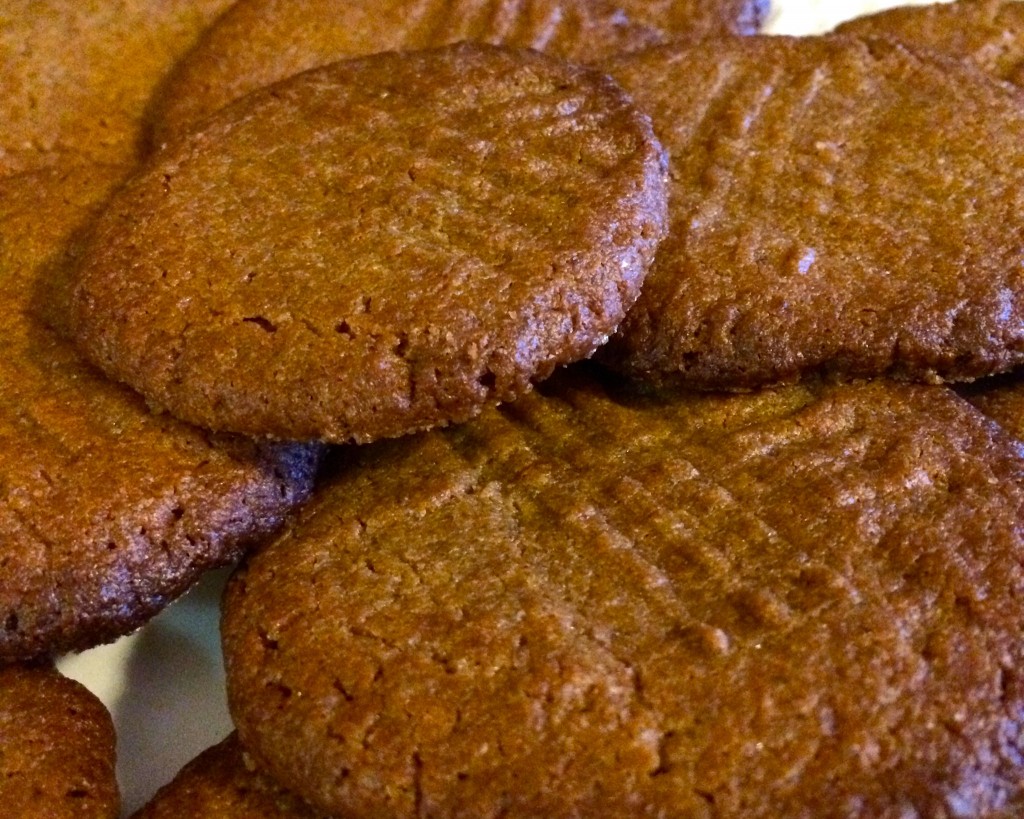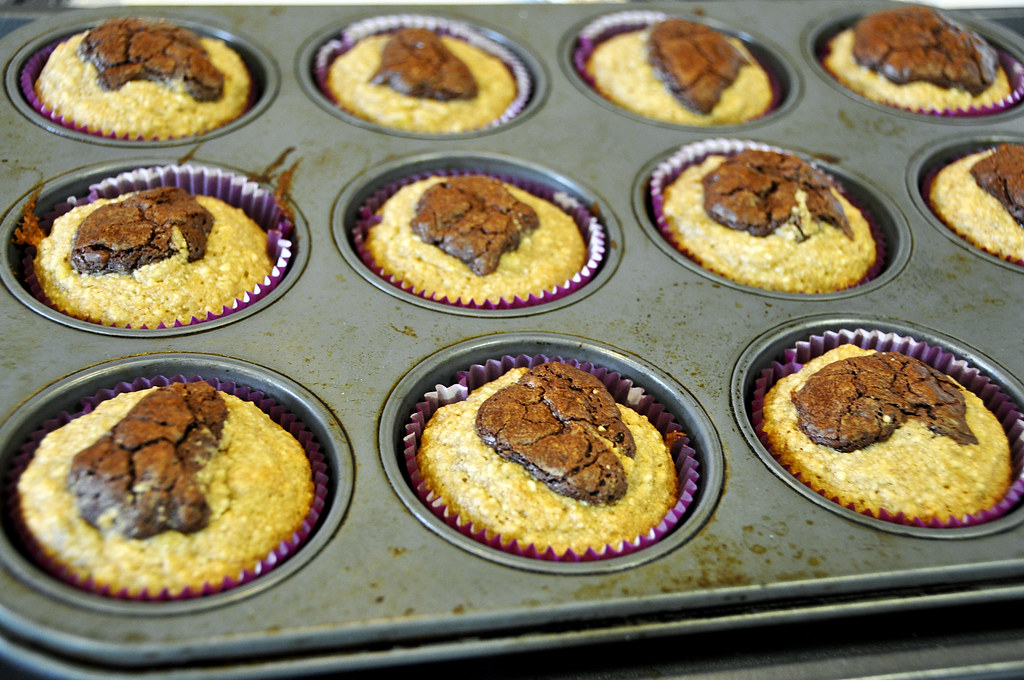Guest article contributed by guest writer Gina D’Andrea-Penna ’16.
Due to an influx of incidences of Celiac disease and gluten intolerance, a number of people are starting to give up their love of baked goods. Gluten is a protein found in wheat, barley and rye. Since the majority of breads, muffins, cupcakes, cookies and cakes rely heavily on all-purpose wheat flour, people on gluten-free diets, who are intolerant to gluten, often go sans sweets.
But, no need to panic: such a thing as gluten-free baking does exist! Of course, GF baking requires different flours and often doesn’t replicate what you can make with wheat flour, but if you follow these tips, gluten-free goodies will taste just like your mom’s chocolate chunk cookies!

Photo by Jaime Cantor of University of Maryland
Gluten-free Flours. Gluten-free flours include rice flour, tapioca flour, sorghum, millet, teff, buckwheat and cornmeal. If you’re looking for a relatively versatile flour, opt for an all-purpose GF blend, which often contains rice and tapioca flours and sometimes millet and/or sorghum. King Arthur Flour and Bob’s Red Mill make well-known gluten-free mixes. If you want to create your own mix, try blending the above mentioned flours or experiment with more obscure varieties, like teff and buckwheat. I find these two flours to be darker but lovely in whole-grain muffins.
Photo from Bob’s Red Mill
Avoiding a Too-Dense Texture. The nature of gluten-free flours typically creates problems with rising and can result in a fairly dense product. Fortunately, baking powder and soda, as well as guar gum, xanthan gum and arrowroot starch can help make your baked goods lighter. Some all-purpose flour blends, in fact, already include these ingredients. Also, if your recipe calls for eggs, consider whipping and folding in the egg whites to achieve a fluffier texture.
“Magic” Ingredients. In my years of gluten-free baking, I’ve come across several ingredients that can be used to make wonderful GF products. I particularly like Greek yogurt—it seems to sometimes help with the density issue discussed previously and is a good fat replacement. Moreover, I’ve found that products using pumpkin, bananas or nut butters can rarely go wrong. Nut butters are excellent in gluten-free biscotti, as they are able to bind the batter together much better (gluten-free batter tends to be overly moist).
Perhaps the best tip, though, is to experiment. Only by baking, yourself, can you truly find what works for you when you’re craving some GF blueberry muffins or pound cake.
More Good Stuff Here:



